Quail are small, medium-sized birds that typically inhabit low grasslands, meadows, and grass fields. They are slightly bigger than robins and measure between 4 to 12 inches tall.
It goes without saying that these birds are active and can be found commonly in the wild. But did you know that these birds can be raised for their meats, eggs, and as ornamental pets?
Quail were domesticated around the 11th century in Japan. Originally kept as songbirds, they were brought to Europe and other places in the 1950s.
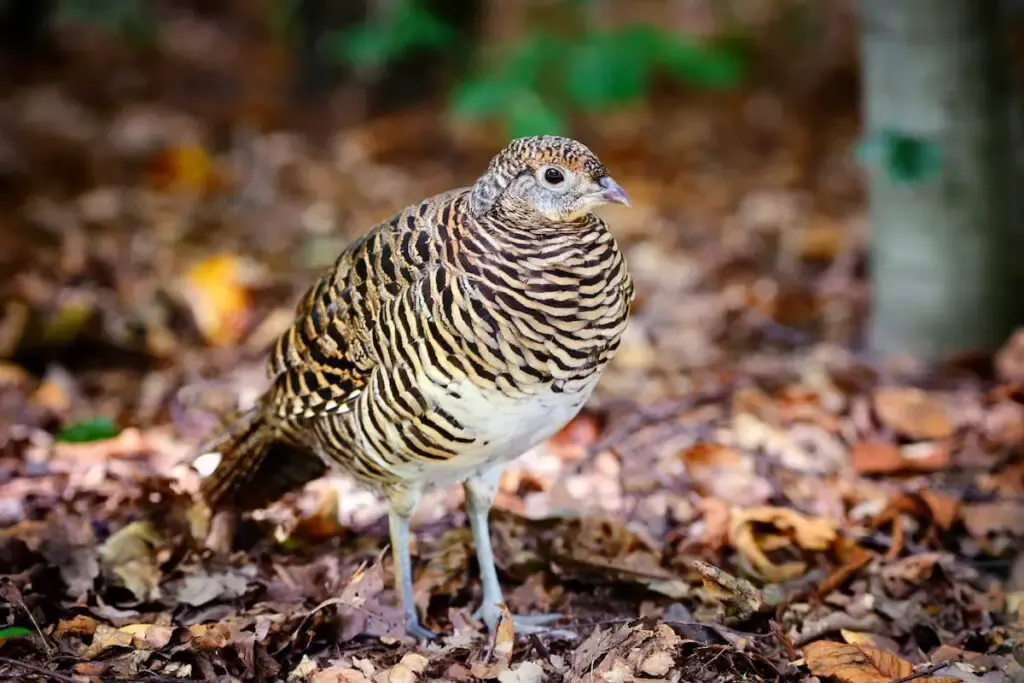
Since then, the demand for these short-necked game birds began to increase as people realized that these plump birds offer more benefits, almost similar to raising other poultry birds. In fact, there are people who have successfully built a small quail farm and raised these birds in their backyard.
This article will serve as the ultimate guide to successfully raising quail, be it as a hobby or for profit.
Choosing The Best Quail Breed
Quail can be an alternative to raising chickens because they provide the same things: meat and eggs. Their meat is rich in nutrients like protein, zinc, and iron, while their eggs are also high in protein, riboflavin, vitamin B12, and folate.
What’s more interesting is that some people also raise quail for hunting and as ornamental birds. These poultry birds are also quieter than chickens, making them suitable for people with small backyards or the ones that live in an urban neighborhood.
There are more than 130 quail breeds all over the world and choosing the ones that suit your need is crucial in initiating your quail-raising endeavor.
Here are some of the common quail breeds that you can find in the United States and other regions across the globe. Each breed is unique and different from other another. So, be sure to check for the breed that is aligned with your goals.
· Bobwhite Quail (Northern)
Northern Bobwhite quail are native to the United States, Canada, Cuba, and Mexico. Depending on your location, you might need a permit to raise this breed.
These dual-purpose quail can be recognized by their small head, rounded bodies, and a mix of brown, black, and white coloration on their plumage.
Although they grow slower than the other breeds, their agility and energetic behavior make them the best choice for gaming purposes.
Aside from sports, these quail can also be raised for their meat and eggs. Northern Bobwhites could reach up to 6 ounces in weight and lay around 100 to 200 eggs per year.
· King Quail
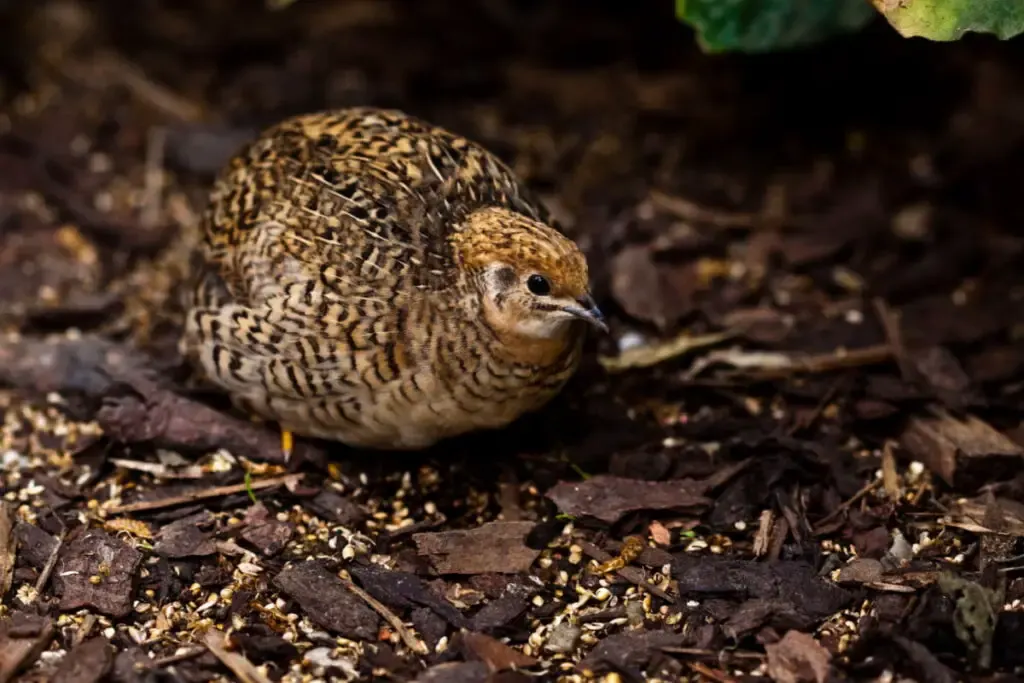
Also known as the blue-breasted quail and Chinese-painted quail, these birds originated in Asia and primarily inhabit hillsides, farmland, and lowland plains. King quail mature quickly, which takes around 12 weeks to reach their maximum weight of 2 ounces.
Males can be distinguished by their beautiful plumages that come in different shades of blue, silver, chocolate, and brown. Females can be recognized by their delicate brownish plumages.
These quail can be raised both for meat and eggs. If you’re thinking of raising this breed, be sure to keep them in a warm environment because they aren’t built to thrive in colder climates.
· Coturnix Quail
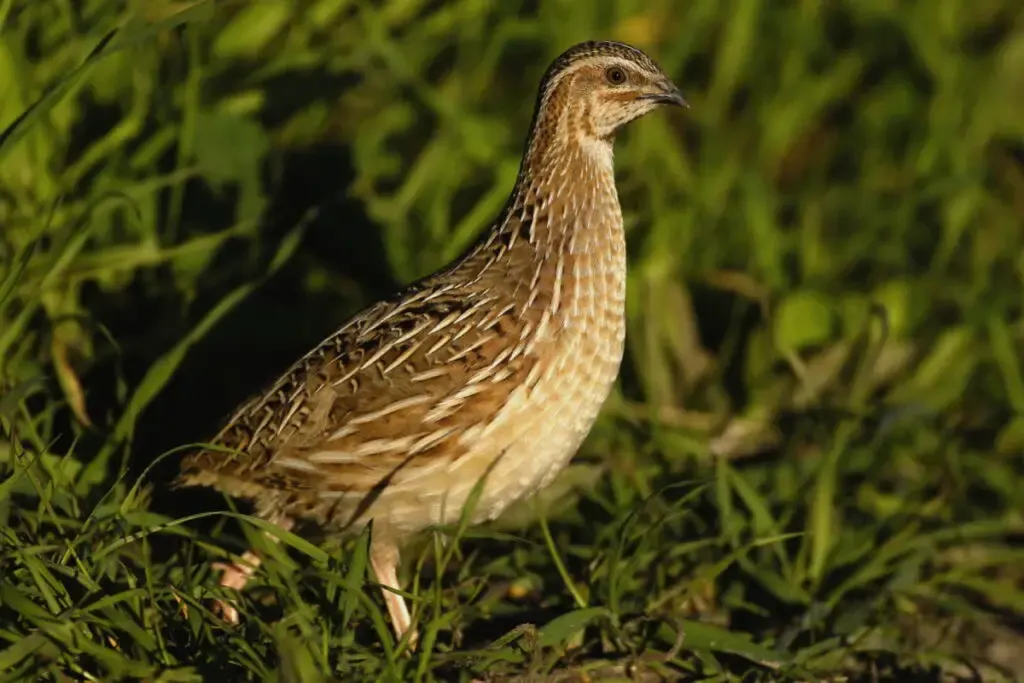
The Coturnix quail are being recognized as the most suitable breed for beginners due to their fast growth rate, which takes around six weeks for these birds to reach full maturity. They are also known as the Pharaoh quail, Japanese quail, and jumbo quail.
Coturnix quail are easy to raise and they weigh between 4.9 to 5.6 ounces. Aside from producing a good amount of meat, these quail are great layers.
They can lay up to 300 eggs per year and these eggs take less than 18 days to hatch. These birds are also docile, calm, and don’t require much attention.
· Jungle Bush-Quail
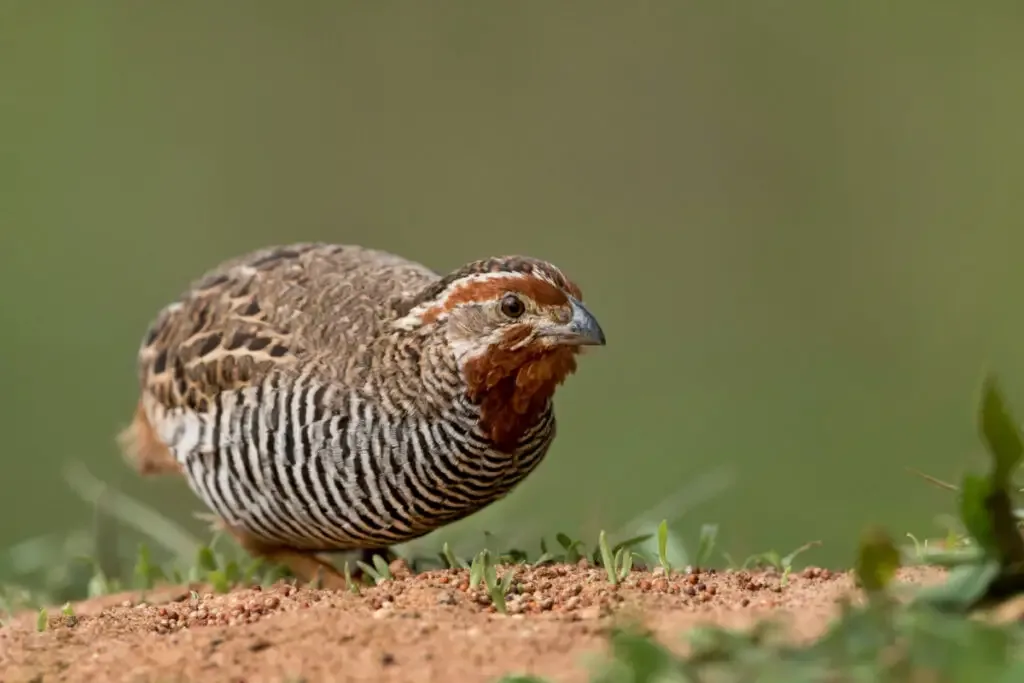
Jungle bush-quail can be found in the Indian subcontinent, specifically in India, Sri Lanka, Nepal, Pakistan, and Bangladesh. They can be characterized by their plump, rounded bodies, rusty throat, pinkish cinnamon under feathers, and rusty-white eyebrows.
Jungle bush-quail can lay between 5 and 7 eggs at a time with an incubation period between 19 and 20 days. These birds are shy and tend to spend most of their time in grassy covers, dry scrub, and bush, or bushy lowlands.
· Gambel’s Quail
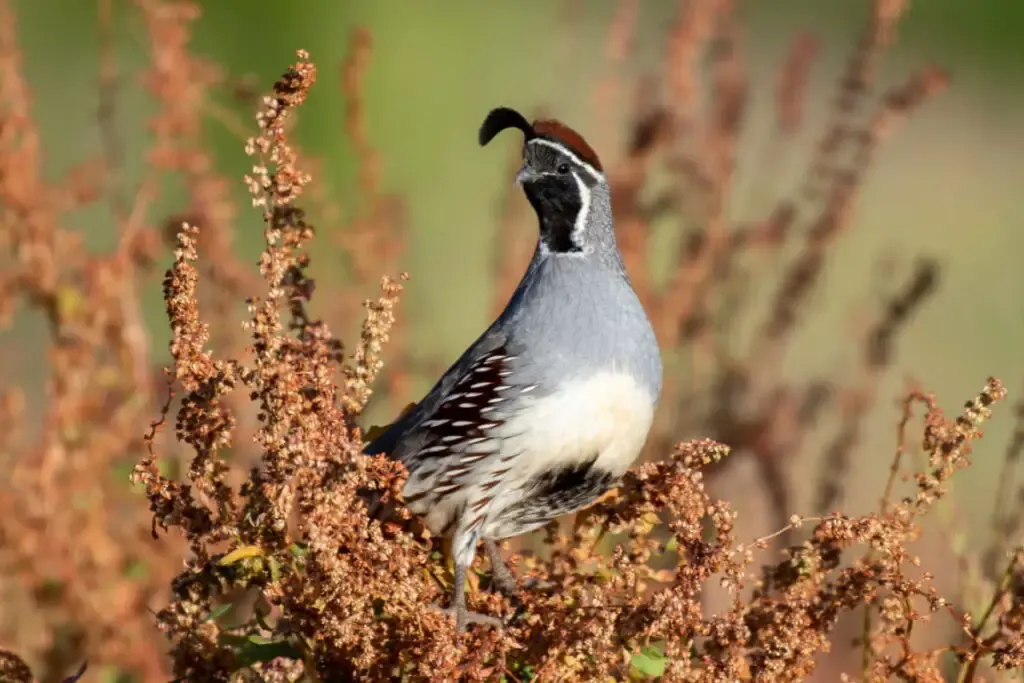
Gambel’s quail are native to certain regions in the United States such as Texas, Arizona, Colorado, and New Mexico.
They can be recognized by their bluish-gray or brown plumages and scaly feathers on the lower part of the body. At maturity, these birds could weigh between 5.1 and 6.5 ounces and reach up to eleven inches in body length.
Like Bobwhite quail, these birds are aggressive and take quite a long time to mature, which is around six months. Gambel’s quail are being raised mainly as ornamental birds. Females typically lay up to 20 eggs at a time and take between 20 and 24 days to incubate the eggs.
· California Quail
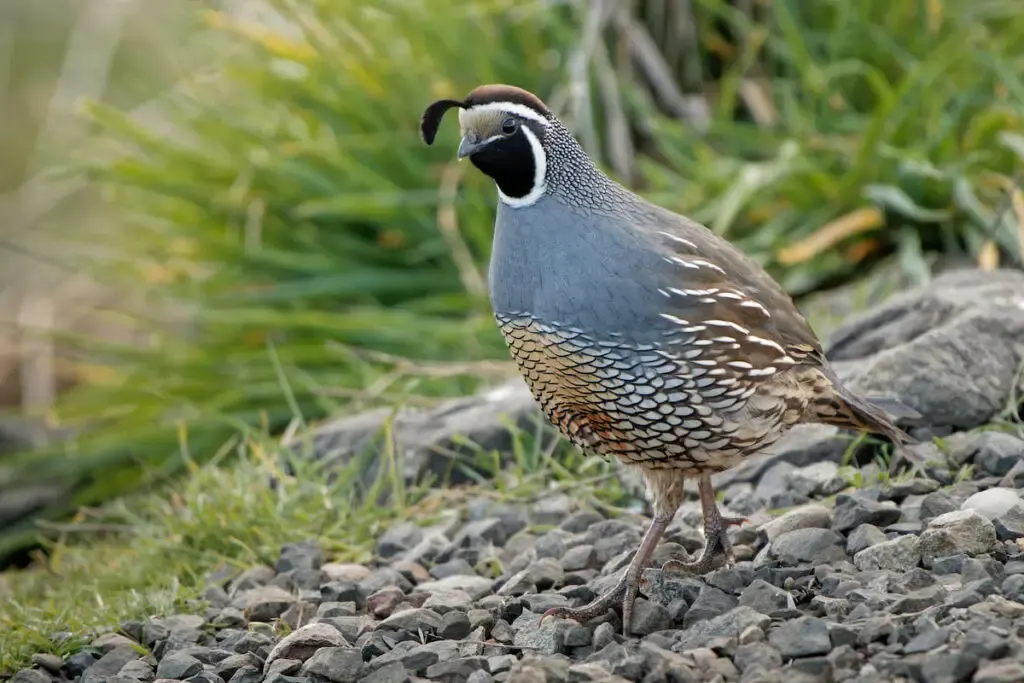
California quail are another beautiful bird that can be raised for exhibition and ornamental purposes. These birds also go by their other names: the valley quail or the California valley quail.
The males can be characterized by plump bodies, comma-shaped black crest, and black-and-white markings on the neck, while females possess brownish-gray plumages without obvious markings. Females also lay and incubate a litter of 10 to 16 eggs before nurturing the chicks until they are fully grown.
· Blue Scale Quail
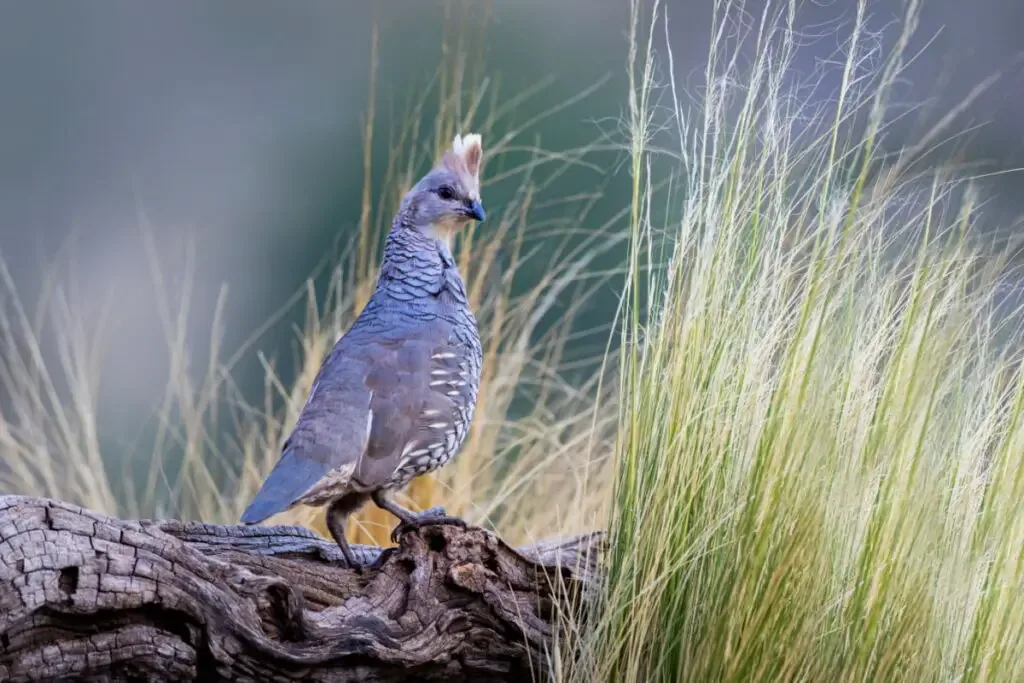
Blue Scale quail is one of the exotic breeds that can be found mostly in Colorado, Kansas, and central Mexico. They are also known as the ‘Cotton Top’ due to the plumage on top of the head.
These quail can be recognized by their distinctive white ‘cotton top’ crest, grayish-brown head, dark-colored bills, blue plumage, and grayish-brown tail feathers.
Females can be distinguished by yellow throats and dark shaft streaks on the side of their faces. At maturity, these birds can grow between 10 and 12 inches long.
Blue scale quail are favored as great game birds and they are raised mostly for gaming purposes. But they are also great layers and are able to produce up to 30 spotted eggs at a time.
· Mountain Quail
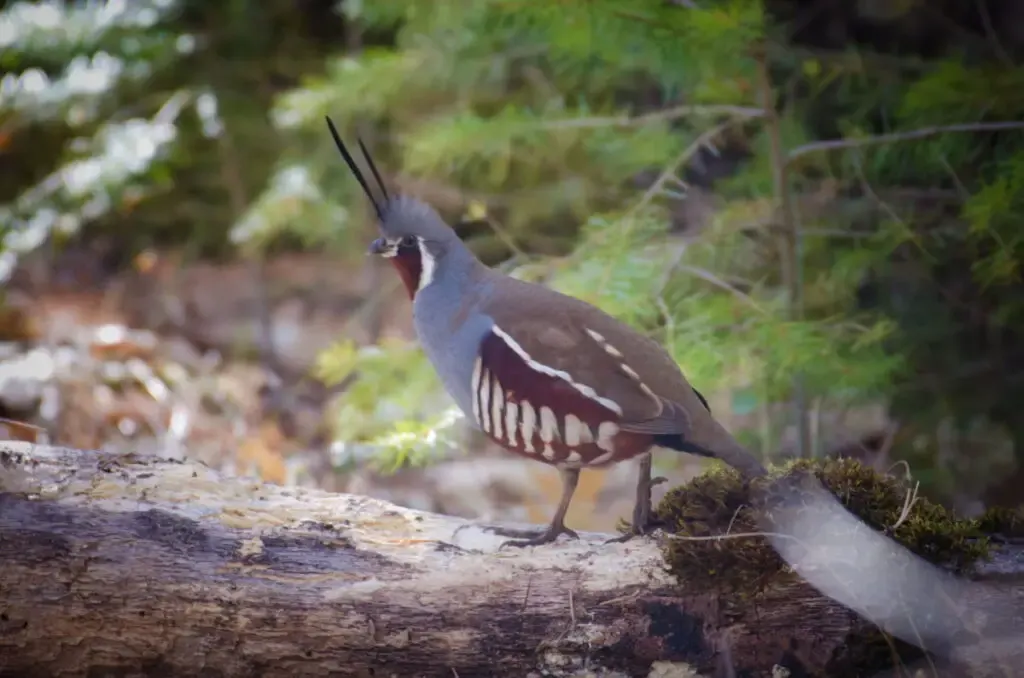
Mountain quail are native to regions from British Columbia in Canada to certain areas of Washington, western United States, Baja Peninsula, and Mexico. They are also considered the largest quail in the United States.
These unique quail can be characterized by their long, dark-colored head plume, gray chest, white, and chest coloration on their bodies.
Females typically lay between 9 and 15 creamy eggs at a time. Then, these eggs will be incubated between 24 and 25 days. Both parents will nurture and protect the chicks until they are able to live independently.
· Mearns Quail
The Mearns quail is also known as the Montezuma quail or fool quail. They can be found mostly in the south-central of the United States and Mexico.
These birds can be are slightly shorter and heavier than Bobwhite quail. Males can be recognized by their black and white harlequin-marked heads, brown and black checkered back, and dark mahogany chest and underparts.
Females are slightly different with light brown or cream circles around the eyes and mottled cream feathers. These quail typically lay between 10 and 12 eggs before incubating them for 25 to 26 days. They are considered as one of the best game birds for hunting in the United States.
Don’t forget to check for local ordinances and regulations in your location. Depending on where you live, you might have to purchase a game license if you intend to raise these animals as game birds.
But if you’re looking to farm and raise quail for meat and eggs, be sure to check for minimum space requirements that you have to follow. Be ready to buy a permit if you’re looking to raise these birds commercially.

Establishing Your Quail Covey
After you’ve decided on which breed to raise, it is time to determine the flock size. Quail don’t need a large space like chickens or ducks. You can raise at least six quail in the same space required for raising one chicken.
If you’re just starting and don’t have a large space to spare, set an appropriate number of birds that you can handle before making any purchase.
Most importantly, the best male-to-female ratio is 1:1, 1:2, or 1:3. A ratio of 1 male to 1 female will produce a high number of eggs while a ratio of 1:2 and 1:3 are suitable for breeding chicks.
To establish a covey, you can either buy cheepers (day-old quail chicks) or fertilized eggs that you can hatch in an incubator. When starting out, you will have to buy already hatched chicks and from there, learn how to hatch your own to reduce the costs.
You can buy both fertilized eggs and cheepers from any supply store and quail breeders. The safest place to purchase cheepers is from reputable and certified places recognized by the National Poultry Improvement Program.
When you decide to hatch the eggs, you will have to invest in an incubator to keep the eggs. Generally, the eggs must be kept at 55 to 65 degrees Fahrenheit for seven to ten days. Then, transfer them into an incubator for another three to seven days at 99.5 to 100 degrees Fahrenheit.
On day 15, you can transfer the newly hatched quail into a brooder. Aside from using a heat lamp to create a warmer environment inside the brooder, you can also use a reptile heating pad and set the temperature at 100 degrees Fahrenheit.
This pad should be placed at the corner while keeping the heat lamp at the center as the main source of heat. After the first week, remove the heat lamp, and finally, when the brooding phase reaches three weeks, you can remove the heating pad.
Finally, when baby quails reach four weeks old, you can transfer them into an adult shelter. Don’t forget to set proper ventilation to avoid any sudden drop or increase in temperature inside the brooder that could affect the baby quails’ health.
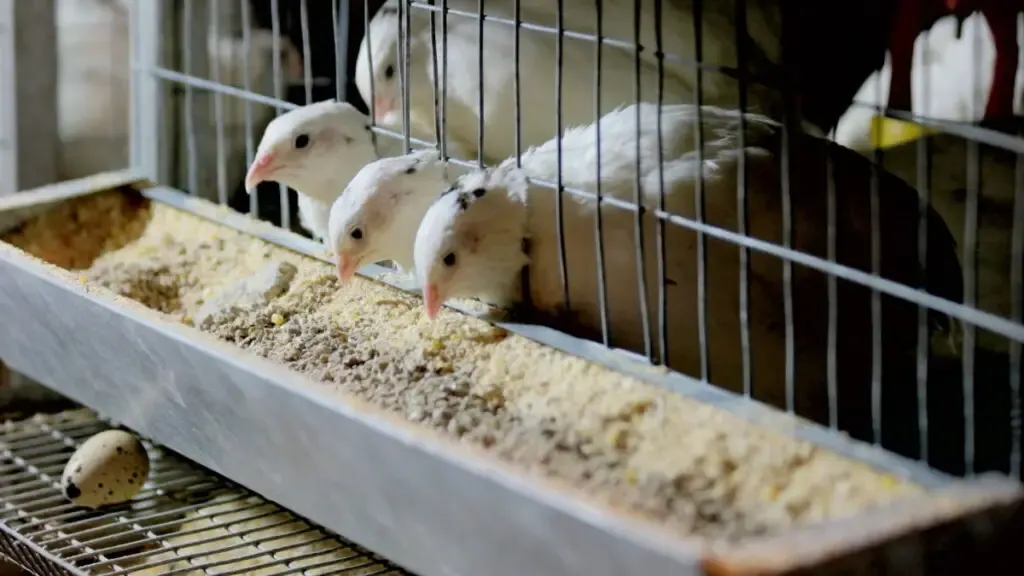
Setting Up Quail Housing
When it comes to setting up quail housing, it is no different than building a shelter for chickens and other poultry birds. They need all the basic necessities for proper housing: an ample space, a strong structure, and protection from predators.
Although quail don’t need a large space, it is best for you to provide them with at least one square foot of space per quail. The larger they are, the more size that they need. If you’re keeping these birds in cages or hutches, their housing should be built on an elevated land or structure that goes between 12 and 18 inches tall.
This could avoid unwanted issues like flooding and a wet environment that could happen during the rainy season.
Then, set up proper ventilation inside their shelter. Generally, quail will produce droppings that could influence the pH level in the air. This will lead to a higher concentration of ammonia that will affect their breathing. It is also wise for you to leave some room for their feeders and waterers.
Depending on how large the flock size is, you will have to estimate how many feeders and waterers that you should provide inside their housing. Most importantly, all of these things should be kept cleaned and free from any contamination.
Finally, quail need beddings to nest and rest. You can use any materials that don’t trap water and moisture such as burrowing straw, dried hay, and grassy materials. This is where they will sleep and spend most of their after laying eggs.
Additionally, you can also provide a small area for a dust bath. Dust bathing serves to protect these birds from external parasites while simultaneously regulating their oil gland.
There are a few types of housing that you can build for your quail. These include:

Quail Cages
The most common size for a quail cage is 15 inches high by 18 inches wide. Depending on how large the quail is, this standard-size quail enclosure can fit between five to ten quail.
Most cages are designed with a slanted floor so that the eggs would roll to egg trays placed outside the cage. Then, droppings can also fall easily into a tray that is placed below each cage.
There are two types of cages that you can choose such as:
· Stacked cage
These types of cages are stacked on top of each other with the pens separated to prevent droppings from falling into the cage below. At first, you purchase one cage and add another once your operation grows larger. These cages can also be purchased in tier bundles starting from 2 up to 6.
Stacked cages are suitable for people with limited space or commercial breeders that are looking to maximize their operation in a small area. Cleaning this type of cage might be a bit hard because the quail are being crammed into a smaller space.
· Welded-wire cage
Welded-wire cages are slightly larger than stacked cages. They are properly ventilated, easy to clean, with enough space for feeders and waterers. Removable trays will be placed underneath these cages for dropping removal.
Once you’ve noticed that the trays are filled with feces, you can turn these wastes into compost. Hygiene issues would be the least of your concern when raising quail in welded-wire cages.
· Quail hutches
Hutches can be used to keep your quail outdoors. These pen-like structures are generally much safer due to their tight-knit wire that could protect the birds from small predators such as weasels or snakes.
You can also use pre-made chicken hutches or rabbit hutches, given that they are still secure and easy to clean. Droppings are also allowed to fall on the ground through the wire flooring.
· Quail pen
Pens are another great alternative to safer quail housing. They are usually built from hardwire with a thickness between ½ or ¼ inches that are strong enough to deter small predators.
There are three types of pens that you can choose such as:
Recall pen
These pens are suitable for hunters or breeders that allow their quail to roam freely during the day before training them to return at the end of the day. Recall pens are designed to teach quail to return to their housing every day by placing hens in the enclosure to attract the rest of the covey back to them.
Flight pen
Flight pens are designed specifically for hunting or game quail. These tall pens are will allow quail to take flight and learn how to flush.
Flight pens are also built in a secluded area, away from human interaction. This is to ensure that quail can embrace their wild nature without any interference from humans and outside influence.
Ground pen
Finally, ground pens are built close to the natural ground that allows quail to embrace their foraging instinct. This type of pen is suitable for growers who prefer to let their quail free-range in a designated and protected area under minimum supervision.
However, raising quail in ground pens will expose them to flooding issues and external parasites infestation.
Quail Diet and Nutrition
Feeding quail with a balanced and nutritious diet is important to promote their growth while boosting their immune system. At each stage of their lives, quail require different types of dietary needs.
Most adult quail are omnivores and are generally easy to feed. But cheepers (baby quail) require high-protein feed.
Soon after they hatched, baby quail should be fed with ‘starter’ feed.
When buying starter feed, look for poultry products that contain around 30% protein at best.
Some starter feed contains around 23% protein, which is also sufficient in facilitating baby quail’s growth. Starter feed should only be fed until they reach eight weeks old.
From eight weeks onward, switch their diet to grower feed. Grower or finisher feed should contain around 18% protein that promotes bone and muscle growth without producing excessive fat. Finisher feed is highly beneficial, especially for eggs and meat quail.
Maintain this diet until they reach 20 weeks old or right before they are sent for slaughter. You can also incorporate medicated feed into their diet. Medicated feed helps to ward off parasitic infections (coccidiosis) that generally happen both in baby and adult quail.
Aside from basic nutrients, quail should also be provided with vitamins and trace mineral premixes that help in promoting excellent body growth. These tables show some of the basic vitamin and mineral requirements needed by these birds:
Vitamin Requirements
| Vitamin (units) | Amount of vitamin per pound | Amount of vitamin per ton |
| Vitamin A (IU) | 2,000 | 4 million |
| Vitamin D3 (IU) | 1,000 | 2 million |
| Vitamin E (IU) | 15 | 30,000 |
| Vitamin K (IU) | 0.3 | 600 |
| Vitamin B12 (IU) | 0.005 | 10 |
| Niacin (mg) | 20 | 40,000 |
| Riboflavin (mg) | 2 | 4,000 |
| Choline (g) | 0.7 | 1,400 |
| Pantothenate (mg) | 8 | 16,000 |
| Pyridoxine (mg) | 2 | 4,000 |
*IU = International Unit
Trace Mineral Premix
| Ingredient | Amount for 10 lb of premix |
| Zinc Oxide | 1.25 lb |
| Copper Sulfate | 1 oz |
| Manganous Sulfate | 1.25 lb |
| Ferrous Sulfate | 5 oz |
| Oyster Shell/Limestones | 7.1 lb |
Vitamins and trace minerals premixes should be added into the quail’s diet and not be fed directly as primary feed. Most feed ingredients contain all vitamins and minerals needed by quail. All you have to do is find commercial premixes that offer the same amount of ingredients or the ones that come close to the amount stated above.
Avoid premixes that contain a higher amount of vitamins or trace minerals to avoid nutrient imbalance. Generally, this type of premix is also more expensive.
Final Thoughts
Above all, quail will make great dual-purpose poultry birds and game birds if they receive all the basic necessities and their environment is ideal for them to thrive and reproduce continuously.
Although beginners might face some challenges in raising these birds, they are definitely worth the time and effort. Plus, they are easy to handle, low-maintenance, and don’t require too much attention like other animals.
Citations
- https://farmhouseguide.com/best-quail-breeds-for-meat/
- https://farmingmethod.com/best-quail-breeds/
- https://cs-tf.com/quail-breeds/
- https://www.anoffgridlife.com/raising-quail/
- https://www.backdoorsurvival.com/backyard-quail/
- https://www.hobbyfarms.com/quail-raising-tips/
- https://www.communitychickens.com/3-quail-habitats-zw01911ztil/
- https://www.thehappychickencoop.com/the-5-best-cages-that-make-raising-quail-easy/
- https://www.thehappychickencoop.com/what-to-consider-when-building-your-first-quail-coop/
- https://www.roysfarm.com/quail-farming/#Feeding
- https://www.thepoultrysite.com/articles/feeding-quail
- https://www.thehappychickencoop.com/quail-feed-and-diet/
